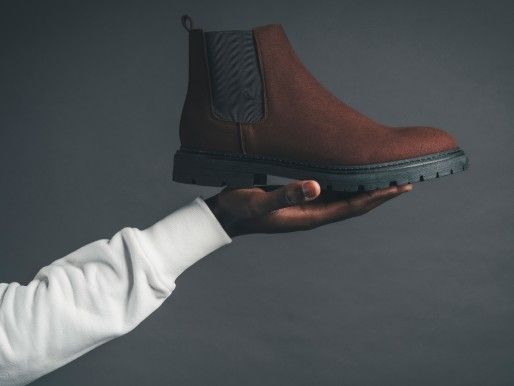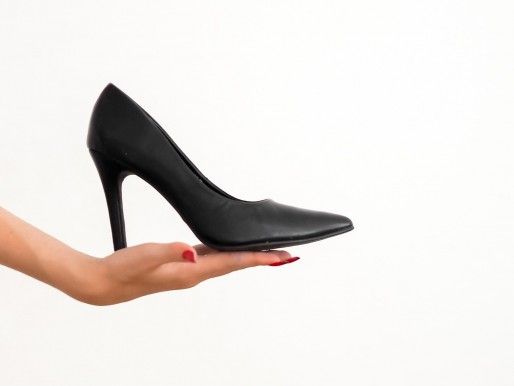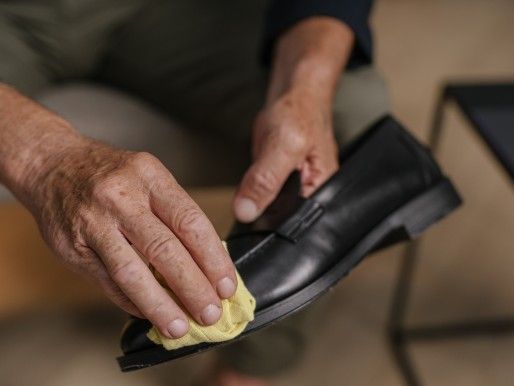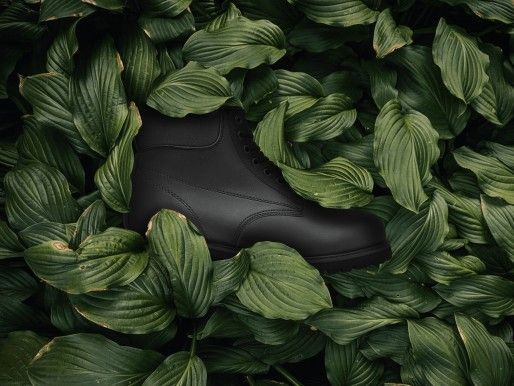Do you know the difference between vegan and cruelty-free? Could you spot greenwashing? Learn some essential sustainable fashion terms today.
Within the fashion world, there is a lot of confusing terminologies, especially when it comes to sustainable fashion. But, since becoming more sustainable starts with expanding your knowledge of the subject, we have put together a handy glossary to aid you on your journey to a more ethical lifestyle. After all, knowledge is power.
So, let’s jump in, shall we?
Greenwashing
Greenwashing refers to organizations “making diverting sustainability claims to cover a questionable environmental record ”. In essence, they may take advantage of consumers by marketing a small aspect of their business that is sustainable - such as using recycled packaging or switching to electric vehicles for deliveries – but in reality, the company will not be as environmentally friendly as they have portrayed.
Corporations misleading consumers in this way can be dated back to 1969, and it seems the practice has only grown in sophistication over time. According to Statista, the sales value of sustainable products in the United States rose from 107.3 billion U.S dollars in 2014 to 128.5 billion U.S dollars in 2018, which is only continuing to rise.
As sustainability becomes more and more of a leading factor in consumer’s choices of products, it is more important than ever to look beyond a company’s surface-level advertising and into the overall impact of the brand.
Upcycling
The term upcycling, also commonly referred to as creative reuse, is the transformation of something considered useless, unwanted, or waste, and repurposing it to become new, useful, or more valuable (both artistically and environmentally).
Within the fashion industry, this can be anything from mending a ripped pair of jeans with patchwork to disassembling an item or material and then reusing it to create another piece of clothing, accessory, or shoe. For instance, crafting beautiful vegan sneakers and vegan accessories from discarded plastic bottles.
Since a large amount of energy, water and resources likely went into an item’s creation, giving that item a second chance helps to extend the lifespan of the product and importantly to reduce the excessive amount of waste littering our planet.
Carbon footprint
A carbon footprint can be defined as the “total amount of greenhouse gas emissions that come from the production, use and end-of-life of a product or service” .
As The New York Times reports, you can calculate your carbon footprint by tallying up a yearly average of how many miles you travel, how much you spend on your shopping, the level of energy usage in your home, and the composition of your diet. Working this out may surprise you, but it will be the first step to cutting it down and give you a benchmark to measure your progress.
The most commonly emitted gas by humans is carbon dioxide, but other harmful gases such as methane will also be included in the count. Globally, the average individual carbon footprint is 4 tons, which needs to drop to under 2 tons by 2050 to avoid a 2℃ rise in global temperatures . Making small changes such as buying from environmentally friendly fashion brands and switching to a vegan diet can help you reduce your impact on the planet. We all must act now.
Vegan
Vegan fashion means the product is 100% free from animal products and animal by-products. Whether it’s shoes, clothing, or accessories, to be vegan they need to be made without using any animals.
When it comes to materials, this means avoiding leather, wool, down, fur, silk, suede, and other materials . But especially with shoes, it is not just the material to watch out for, but also the glue. Unless it states otherwise, the glue used is unlikely to be vegan.
Cruelty-free
The term cruelty-free has similarities with the term vegan, but it is not the same . When something is cruelty-free it means both the product and its ingredients have not been tested on animals. This upholds animal welfare.
However, cruelty-free does not necessarily mean it is free from animal or animal-derived substances. To be sure the product contains no animals, it needs to be vegan.
Overconsumption
Overconsumption describes the state of consuming so much of a resource that it has surpassed the sustainable capacity of the ecosystem.
Fast fashion runs on overconsumption, by making people believe constant consumption will make them happy, and God forbid they wear the same outfit twice. But this overconsumption fuels a throw-away society, and the costs to the planet are endless.
As the UNDP reports, “it is estimated that the amount of garments produced annually has doubled since the early 2000s reaching up to 100 billion pieces per year in 2014” . The more clothes that are produced and transported unsustainably, the higher the carbon footprint of the industry. This is particularly an issue when you consider that fast fashion garments have to travel thousands of miles just to reach their destination.
Try your best to shop with minimalism in mind. As a general rule, this means if you do not NEED it, do not buy it.
Ethical fashion
The term ethical fashion is an ambiguous one to define, but it can be said to relate to the moral principles concerned with people and the planet in the design, production, advertising, and distribution of products.
Ethical fashion includes social responsibility, particularly supporting those working along the supply chain. It ensures a better outcome all-round for the planet, and those involved both in the making of the garment, and those purchasing it. For a brand to prove its ethics in the fashion world, transparency is essential.
Slow fashion
Slow fashion is the exact opposite of fast fashion. It advocates for respectful functioning in the fashion industry where people, the environment, and animals are treated fairly.
It offers an alternative to mindless consumption, by promoting sustainability at its forefront. Its meaning ties in similarly to ethical fashion, but slow fashion has even more of an emphasis on reducing consumption. Instead, it encourages the buying of minimal, higher-quality products that will last longer and are kinder to people and the planet. For instance, buying carbon-absorbing cork shoes rather than cheaply made leather shoes.
Circular economy
In short, a circular economy is “based on the principles of designing out waste and pollution, keeping products and materials in use, and regenerating natural systems” . Since currently, our economy functions on a take-make-waste system - which is not sustainable – a circular economy could be part of the solution.
It involves altering decisions at the design stage since around 80% of environmental impacts are determined here. It means reusing, repairing, and remanufacturing what we already have in use, so that things do not end up in landfills. It also involves not only trying to do less harm to the environment but actively trying to do good – such as enhancing natural resources with nutrients.
A circular economy involves changes from everyone - including governments, businesses, and individuals - if it is going to work. But if it saves the planet, it’s worth it.
Of course, there is much more terminology needed to complete a sustainable fashion glossary, but we hope we have got you started on understanding some useful terms so far.
Have a wonderful day!
The Nae Team







